
In this video Karyn Gavzer points out that the emotional aspect of dealing with clients is extremely important.

In this video Karyn Gavzer points out that the emotional aspect of dealing with clients is extremely important.

Demand for veterinary technicians leads to new programs.
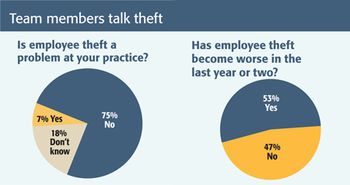
Theft and embezzlement are on the rise. Are you doing everything you can to make sure your practice isn't affected?

Take a little bit of your time to show some newbies the ropes, and you'll make a positive impact on their careers.
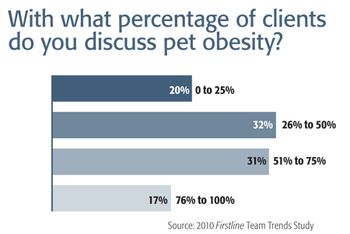
When "big-boned" doesn't cover a pet's condition anymore, veterinary team members say conversations about pet obesity are important ... but not with every client.
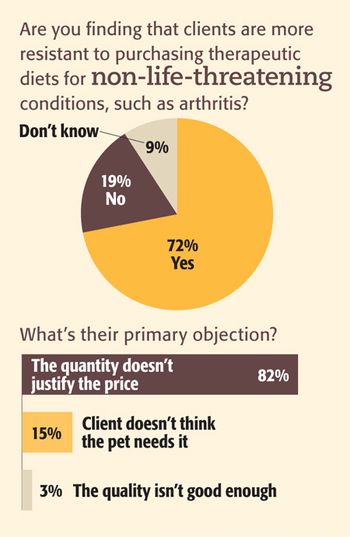
Veterinary clients are turning down therapeutic diets for pets, complaining that they're too expensive. Are you the reason cats and dogs aren't getting the food veterinarians say they need?

Basic lung function is designed to exchange oxygen and carbon dioxide. In order to transfer oxygen from atmospheric air to the blood stream three functions must be in place: ventilation, diffusion, and perfusion. Ventilation is the process of air moving into and out of the lungs.

Many hospitalized and critical care pets are at risk for becoming severely malnourished because they lack the appetite or the ability to eat. By instituting nutritional support you want to meet the pets' nutritional requirements, and if possible prevent additional deterioration.

Technicians familiar with cardiac emergencies can respond quickly and appropriately to minimize suffering and maximize the chance of success of treatment for the patient.
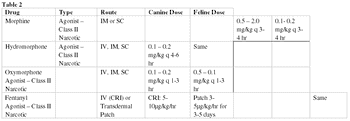
Pain management is more than the latest popular terminology. It is an important part of veterinary dentistry. Many of the procedures performed on animals are painful and it is our duty as technicians to ensure that our patients are as comfortable as possible. The deliver of local nerve blocks prior to performing many dental procedures or oral surgery is a great way to create preemptive analgesia. This can often be incorporated into a multimodal plan for pain control.

We already know that the way we each perceive pain will be different depending on our past experiences. The way we respond to that pain also varies from person to person. These two points make recognizing and treating pain difficult, especially in regards to our veterinary patients.

It is important to be able to identify oral pathology and anomalies. It is equally important to correctly record the pathology on dental charts. A thorough dental examination includes both conscious and anesthetized examinations as well as charting disease processes, pathology and anomalies, and treatment plans.

MYTH: Meat by-products are inferior in quality compared to whole meat in a diet.

In their natural environment, cats are an obligate carnivore, meaning that their nutritional needs are met by eating a diet that consists of animal-based proteins (i.e. mice, birds). How have our efforts to domesticate cats been affected by this dietary requirement?
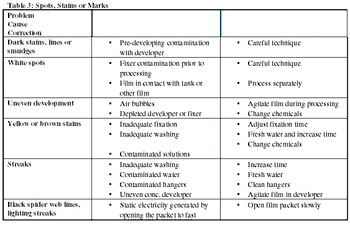
Dental radiographs are in essential part of the oral exam. The crown is just the tip of the iceberg. Approximately 42% of dental pathology is found subgingivally. Radiographs will help diagnose pathology that is not visible from the surface, confirm suspect pathology as well as help demonstrate the pathology to the client.

Addressing the nutritional needs of our hospitalized and critical care patients can dramatically improve their outcomes, but also allows them to return home sooner. Oral enteral nutrition is the ideal route, but if the patient is unable or unwilling to consume at least 85% of their calculated resting energy requirements (RER) than another route needs to be utilized.

Unlike the popular home and garden channel TV shows that boast remodeling of room or house structures, remodeling of fluid compartments within the critical care patient is not the effect a clinician desires. Unfortunately, many of our critical patients have trauma or disease processes that result in an imbalance between fluid compartments.

Congenital cardiac defects are those present at birth, and are most often from a genetic cause. In addition to genetic causes, they can also be from infectious, environmental, pharmaceutical, or a variety of causes.
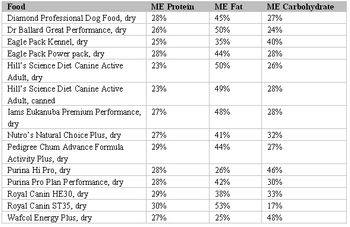
People have spent much time and energy over the years molding dogs into various shapes to suit our needs; The Illustrated Encyclopedia of Dog Breeds lists 91 hound breeds, 43 working breeds, 44 herding breeds, 49 gun dogs and 31 terrier breeds. Due to our changing life style, many of these breeds are no longer needed for what they were bred.

There are a wide variety of pain management techniques. I hope to cover a few here. Some of the different areas we will cover are injectable analgesia, epidurals, wound soaker catheters, local blocks, NSAIDs, and alternative methods. Each group will be expanded upon, with specific examples.

Oral disease is one of the most prevalent diseases in dogs and cats. 80% of adult dogs and 70% of adult cats have some form of oral disease. Dental problems are among the top three pet owners concerns in dogs and cats.

Pleural space disease is a common cause of respiratory distress in emergent and critical patients. Air, fluid, exudates, chyle, blood, and herniated abdominal organs may be present in the thoracic cavity.

For a technician, the daily assessment of their critical care patients often begins with rounds. After receiving a brief verbal history and synopsis of presentation, diagnostics, and treatments a tech is ready to take over the care of that patient. Of primary importance is an initial hands on assessment.

Does the use of feeding tubes have a place in everyday practice? We are all familiar with the use of feeding tubes for Hepatic Lipidosis cats, but how many times do we deal with the older animal with no obvious physical problem other than an unwillingness to eat adequate (in our opinion) amounts of food?

Proper electrocardiography (ECG) starts with proper positioning. For a diagnostic ECG, the patient must be restrained in right lateral recumbency with the legs perpendicular to the body and parallel to each other.

Performing a complete dental prophylaxis entails much more than removing plaque and calculus from the teeth. A thorough dental prophylaxis consists of educating the client, an oral examination, charting disease process, pathology and anomalies, radiographs, both supra and sub-gingival plaque and calculus removal, hand scaling, polishing, irrigation and home care instructions.

Due to the fact that critical patients are more fragile than stabile patients, they require special nursing care. The same is true of these special patients under anesthesia.

Veterinary technicians are the veterinary hospital's mainstay when it comes to carefully and successfully anesthetizing critical patients. A large number of elderly canine and feline patients are affected by cardiac disease, and knowledge of how to safely monitor, anesthetize, and problem solve cardiac patients makes for a less stressful anesthesia for both the patient and technician.

Common acquired cardiac diseases of the dog include those that are caused by valvular defects, myocardial failure, infectious reasons, as a result of arrhythmias, and parasitism.

Monitoring, for these purposes will consist of checking vitals on a regular basis. The vitals being monitored may be changed based upon the patient's status and the procedure performed. By watching for changes in trends we are able to catch and potentially stop a crisis from happening..